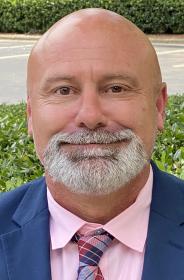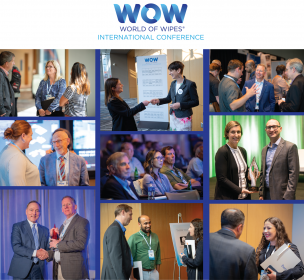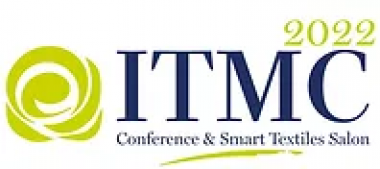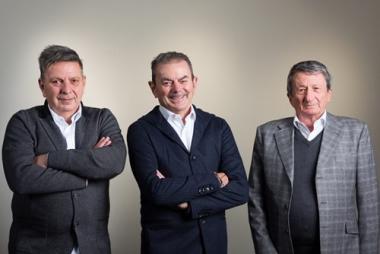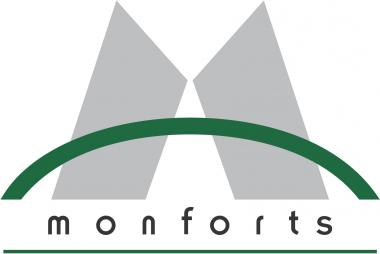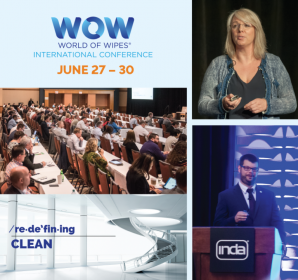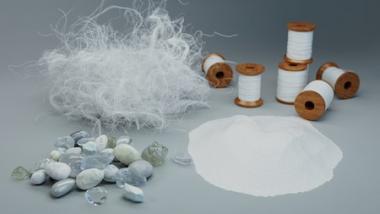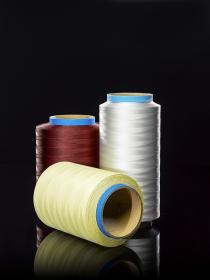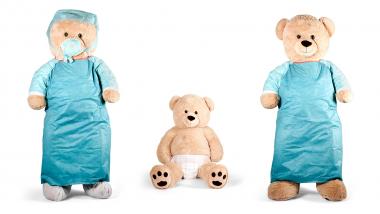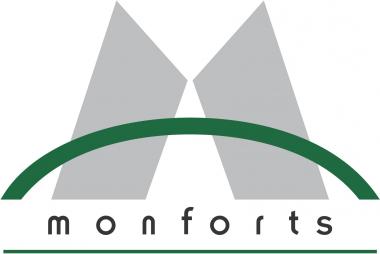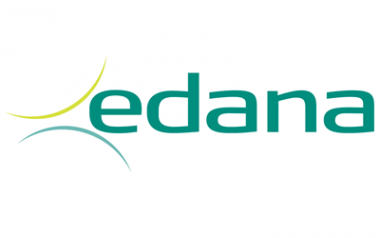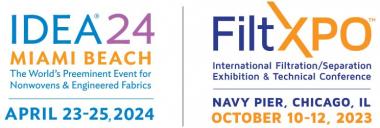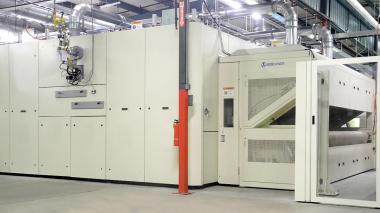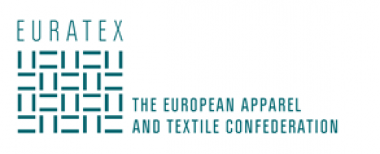INDA: Ryan Ragan New Director of Membership and Industry Relations
INDA, the Association of the Nonwoven Fabrics Industry, has named experienced operations and development officer Ryan Ragan as its new Director of Membership and Industry Relations to retain and grow memberships and enhance member values. He brings 20 years of experience from various bio-medical and healthcare organizations.
For the past four years he worked in domestic and international business development at the Accreditation Commission for Health Care, (ACHC).
He began his career the U. S. Marines before transitioning to business after being discharged. Ragan also helped the Central Jersey Blood Center achieve record-setting growth in his first two years as its Chief Operating Officer. In another role, he trained management candidates at Grifols to take over and run both existing and start up biomedical facilities.
As Business Development Manager for ACHC, he helped develop and launch pharmaceutical and home health programs in Italy and Saudi Arabia. Ragan’s team also oversaw relationships with state and national associations.
At INDA, he will work with members to help identify opportunities and work internally to determine how INDA can be a resource for solutions. He will strive to add additional value to INDA members through education and new service lines.
Ragan holds a bachelor’s degree in Business, from the University of Phoenix.
INDA
INDA


